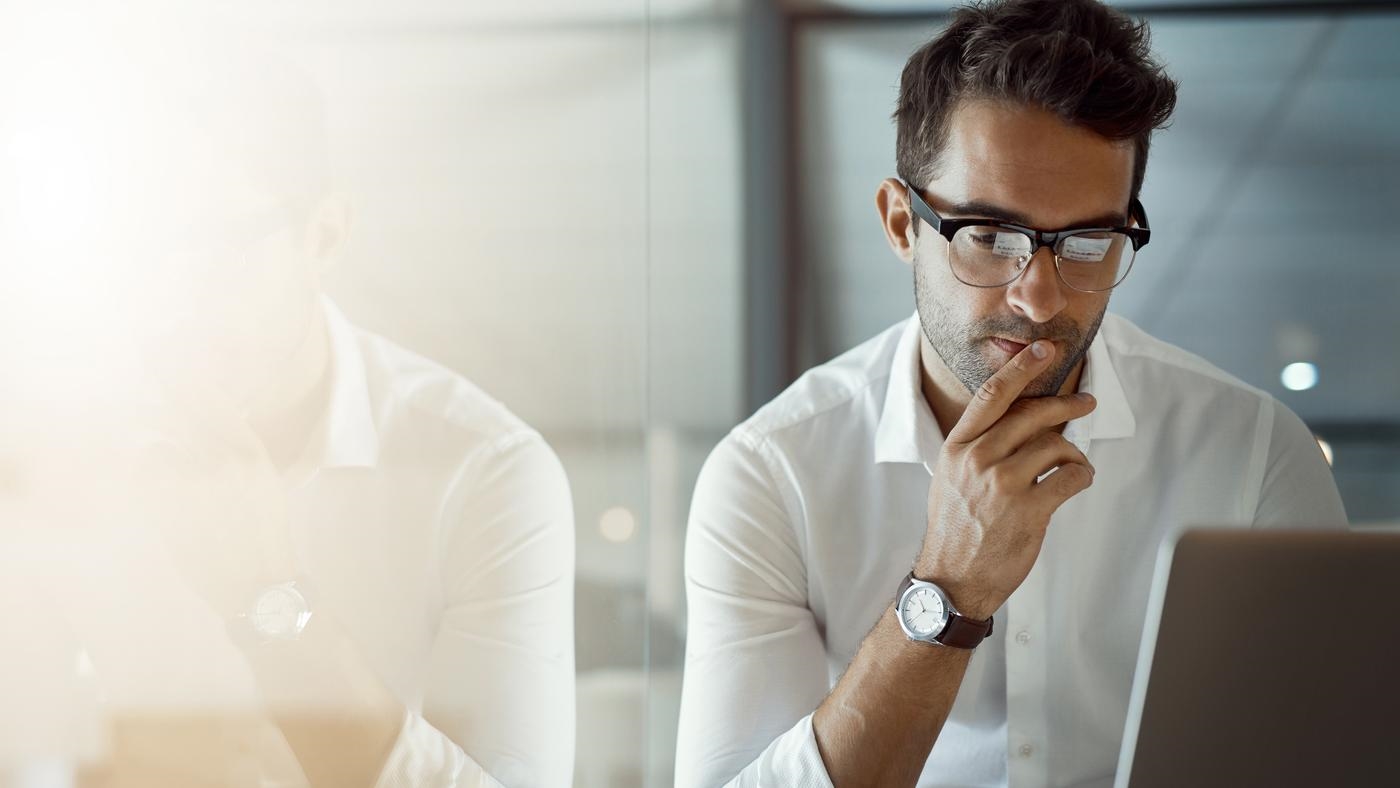How to stay investible – the oil industry’s challenge
ESG factors rise to the top of the agenda
1 minute read
Simon Flowers
Chairman, Chief Analyst and author of The Edge

Simon Flowers
Chairman, Chief Analyst and author of The Edge
Simon is our Chief Analyst; he provides thought leadership on the trends and innovations shaping the energy industry.
Latest articles by Simon
-
The Edge
CCUS’s breakthrough year
-
The Edge
Five themes shaping the energy world in 2025
-
The Edge
Renewable developers change tack
-
The Edge
How ultra-deepwater is revitalising oil and gas exploration
-
The Edge
COP29 key takeaways
-
The Edge
Africa’s energy future, on Africa’s terms
The Edge: 60-second read
Sluggish oil demand, weak gas prices, the energy transition, prospects for ex-growth tight oil independents, the Majors’ plans for tight oil expansion, and the implications of next year’s US Presidential election. These were among the hot topics on executives’ minds based on our Energy Summit discussions in October.
The rise of environmental and social governance demands from investors needs to be high on the list. So far, the industry has failed to persuade investors it has a pivotal role to play in the future of energy markets. That needs to change, and change quickly.
The Edge: five-minute read
What’s the mood in the oil and gas industry?
We’d say caution has crept in based on the tone of debate at our Energy Summits in London (2 October) and Houston (28 October). These revealed common themes, hot topics and differing perspectives from each side of the Atlantic.
First, sluggish oil demand and weak gas prices
There is general bafflement as to why, with geopolitical tension already at fever pitch, the crude price has been subdued since the Al Abqaiq attack in September. Saudi Arabia may be keeping oil flowing to its customers, but spare capacity has been reduced to a bare minimum, rendering the market vulnerable to any additional outage. Weak demand has been a factor, as the global economic slowdown is exacerbated by the ongoing US-China trade war. This year will see the lowest growth in demand (0.7 million b/d) since 2011.
Zero-cost gas associated with Permian tight oil will depress US gas prices for years to come. Much of the surplus seeks an outlet to demand centres in Asia and Europe via a seemingly endless stream of proposed North American LNG projects. The concern is overbuild – too many new projects and too much volume could lead to more oversupply and deflate LNG prices well into the 2020s.
Second, the travails of the US industry
Independents have driven the surge in US tight oil and shale gas production this decade. But few have delivered the returns promised and, for many, finances have deteriorated. Share prices have been heavily sold down in 2019. The more extreme debt cases are headed for bankruptcy or more fire-sale disposals.
Independents now find themselves in the clutch of investors determined to constrain investment and extract cash flow and dividends. Production growth is petering out, capital markets are closed and M&A’s at a very low ebb. Operators have little choice but execute to plan and hope to rebuild investor trust and confidence.
The contrast with Big Oil could not be starker, with Chevron and ExxonMobil ploughing in capital to develop their giant tight oil positions. BP and Shell are underweight in this key growth theme. Will they take advantage of current low valuations? Maybe, but they will need to be convinced of the value proposition. Any sizeable deal will be put through the wringer by sceptical investors. They will also weigh up the capital commitment against vying energy transition ambitions.
Lastly, the US president
The domestic industry’s had a pretty good ride under a Trump administration. The fear is a backlash in the event of a Democratic victory in November 2020. The fear is a backlash in the event of a Democratic victory in November 2020. We’ll explore the possibilities and risks in a separate insight soon.
The energy transition and ESG
Europe gets the transition, the US doesn’t – that’s been conventional wisdom since the Paris Agreement in 2015. There are signs that the US Majors are starting to open up on climate change and decarbonisation – witness ExxonMobil and Chevron’s CEOs attendance at the Oil and Gas Climate Initiative in New York last month. But there’s much more the US industry must do to catch up with the leading Europeans.
They need to because investors are starting to seriously question the sector’s environmental, social and governance (ESG) credentials. Fund managers talk openly of the increasing pressure they are under to justify owning oil and gas shares to their own customers. Some mainstream funds can envisage opting out of the sector within a year or two absent greater effort to adopt sustainable strategies. It’s less of a big deal so far in the US, but gas flaring, rising steeply with the growth of Permian-associated gas, is one ESG issue coming under the spotlight.

How to stay investible?
Deal with it. The world needs oil and gas for decades to come. Supply what’s needed and make a profit, but business as usual won’t work for much longer. Get lean, get efficient, actively reduce carbon intensity, build exposure to gas – and start doing it all soon. Investment in zero-carbon technology, including renewables, is an opportunity some will take. Surplus cash goes back to shareholders.
The industry, as a whole, has signally failed to persuade investors and wider society that it has a pivotal role to play in the future. Oil and gas needs to present itself as part of the solution, not the problem.





